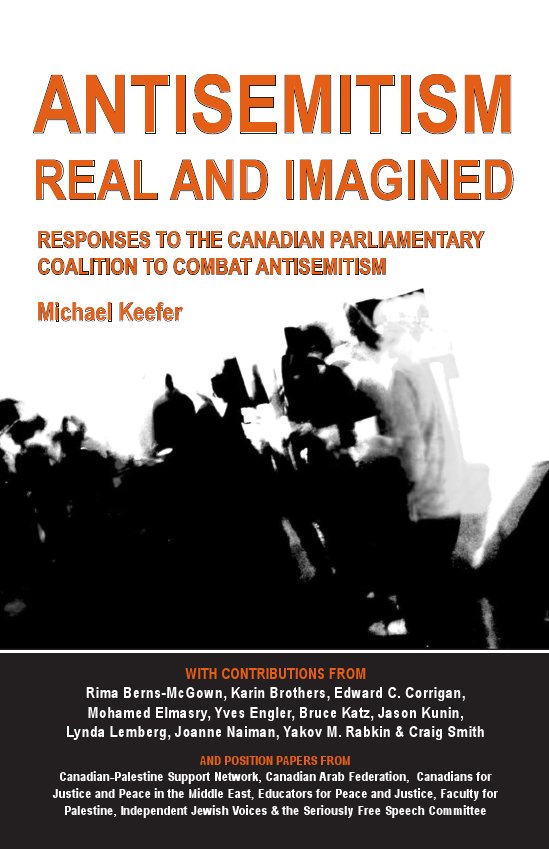March 26, 2012
Putting the Social Assistance Review Commission on the right track
The Lankin-Sheikh commission to review Ontario social assistance has produced a second discussion paper, Approaches for Reform, to encourage further submissions prior to their final report in June. Their discussion paper is unfortunately focused on a largely economic analysis of the program. What are lacking are historical, social, psychological, and public health considerations.
Let’s begin with some history.
They say, “The rate structure should not lead to a situation where a person working at a low-wage job and not receiving social assistance is at a disadvantage compared with a person working at the same job and also receiving some support from social assistance.” The corollary would be that social assistance should not be so “generous” that it discourages work. This position hints at the old English poor law principle of less eligibility, with the misery that that policy entailed.
There are at least two progressive alternatives: allow those on low income to apply for and receive a social assistance top-up and/or raise the minimum wage. The government is loath to do either.
Some more history–Lankin and Sheikh note that, historically, disability “rates were somewhat higher than the rates for people who were expected to seek employment.” What they fail to note was that rates were barely higher till 1971 when the William Davis government decided to increase the former and not the latter. Since then, the gap between the two has grown exponentially, till now the difference approaches being double for a single person.
Lankin and Shekh speak of the difference as related to the greater costs for someone who is disabled, a contention that they need to defend. Disability-related extras are available for recipients of Ontario Works as well as those of ODSP. Many on ODSP have psychiatric issues, with medical care under OHIP and medication with a drug card, even though with a $2 fee for each prescription imposed by Mike Harris. One needs to look elsewhere for an explanation.
The explanation is found in the old distinction between the worthy poor and the unworthy poor. The unworthy are to be punished. Premier Mike Harris cut OW by 21.6%, not ODSP. His attitude toward recipients of OW–beer-swilling pregnant women, he called them. Lankin and Sheikh try to find an economic policy rationale for the difference in treatment. They will not find one. The explanation for the difference is simple: prejudice.
A sociological analysis finds that as soon as an “unworthy” client succeeds in getting on ODSP, perhaps after several unsuccessful attempts, he becomes “worthy”. The ODSP label is not handed out on an equitable basis. Ontario Auditor General Jim McCarter found that acceptance rates vary widely from one adjudicator to another and from one Social Benefits Tribunal member to another. Yet, the gap in benefits not only persists–it increases. Since the 21.6% cut in OW, increases in OW and ODSP have been on a percentage basis, meaning that the difference between the two is ever greater.
While low assistance rates for OW are justified on the grounds that inadequate assistance will push people to seek work, in many cases it will have the opposite effect. Such deprivation can lead to despondency and even clinical depression, conditions that can immobilize.
Lankin and Sheikh note the caseload numbers–150 to 200 on OW, 230 to 380 on ODSP. 75% of OW recipients, they report, exit within a year. But close to half return after two years. 25% were on for more than two years. The 1988 Transitions report of the Social Assistance Review Committee recommended the transfer of cases on for two years onto the provincial program, which is now ODSP.
In Ottawa, where I was a supervisor of OW, I saw files with histories going back 25 years. OW is a status, not a determined capability, and so it is not surprising that there are such statistics. To move significant numbers of recipients into the workplace and enable them to remain there would be work-intensive. It cannot be accomplished with current caseload sizes. Put in other terms, the kind of program the government proposes would be very expensive. The cheapest program would be to do nothing different.
Let us now consider public health. Public health departments in Ontario set down budgets for adequate nutrition. The Canadian Mortgage and Housing Corporation provides costs for accommodation. There is something nefarious about setting rates below these figures. Rates should be set in consultation with experts in nutrition and home economics. Liberal MPP Ted McMeekin introduced a private member’s bill addressing the issue, but it has gotten nowhere.
Transitions placed major emphasis on the need to simplify the system. There has been a massive increase in complexity since that time. Welfare workers are incapable of keeping up with the ongoing onslaught.
Lankin and Sheikh call for an end to the distinction between dependent and independent adults, except in the case of students. One wonders why the need for an exception. One of the several criteria for independence is having worked cumulatively for one year during his lifetime. Imagine trying to verify that for a person in his 40's with a limited work history.
The car ownership policy is also a mess, a policy that workers frequently misapply. Since the restrictions apply only for OW, it is another example of the prejudice against OW recipients that flows through the law. This commission should come down hard on the need to simplify, at least back to the level that Transitions found unacceptable.
On a final note, in looking at job opportunities for those on social assistance, why not look to government to offer employment? Receipt of social assistance could be made an employment equity category at the point of entry into the municipal or provincial workforce.








